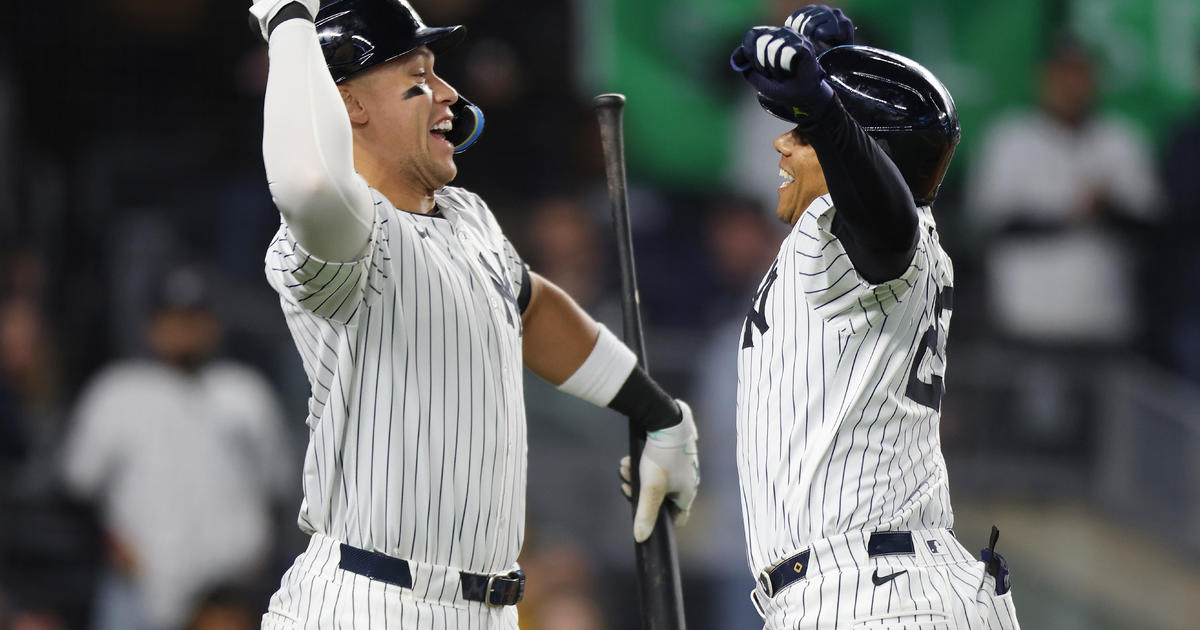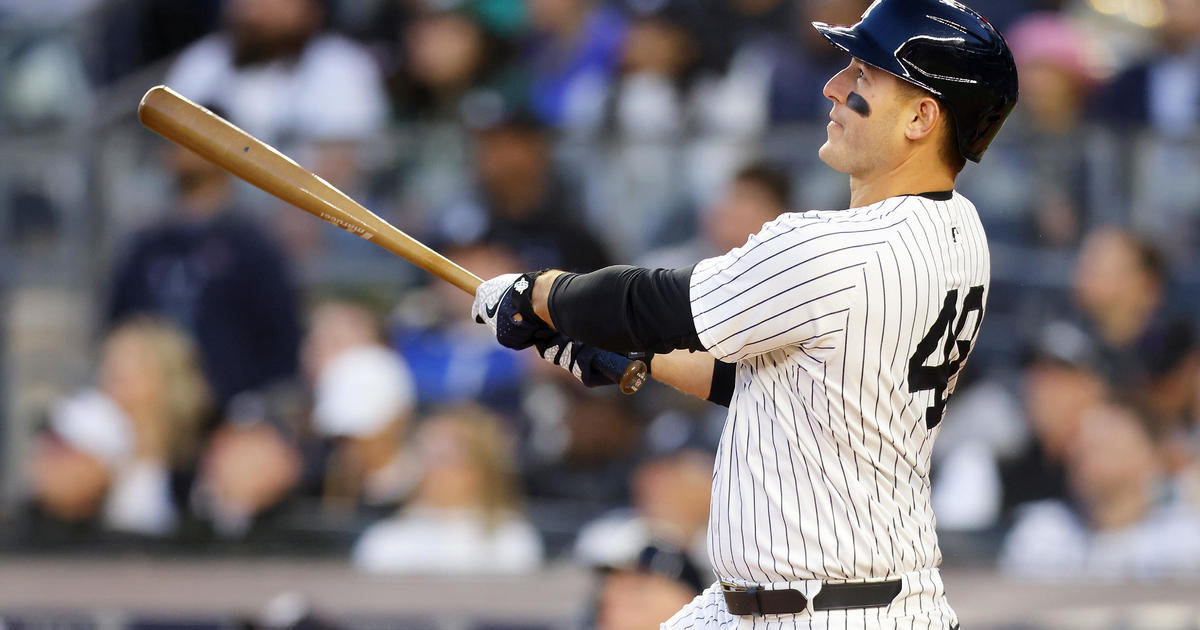Sims: Breaking Down Andy Pettitte's Left Trapezius Strain
By Abby Sims
» More Columns
40-year-old pitcher Andy Pettitte joined the long list of ailing Yankee veterans on Thursday night, leaving in the fifth inning of a 3-2 loss to Seattle. The diagnosis was said to be a left trapezius strain. The lefty had reportedly experienced upper back tightness for several innings, but after a massage in the clubhouse during the top of the fourth inning, he felt well enough to return to pitch the fifth. The symptoms returned immediately, and his only fastball of the inning was clocked at 87 mph, below his usual modest velocity of 88-91.
After a successful start to this season, Pettitte experienced some difficulties in frustrating losses to Oakland and Houston, afterward acknowledging that he had "misplaced" his cutter. His form returned against Kansas City, and he was pitching well on Thursday night without any obvious pain -- despite the "knot" in his upper back -- until being pulled with two outs in the fifth.
This isn't Pettitte's first strain in recent years, and the Yankees have to hope that he will rebound from this one much faster than he did from the groin strain that kept him out of action for two months in 2010.
SO WHERE IS THE TRAPEZIUS, AND WHAT IS ITS ROLE?
The trap muscle (view image here) is shaped like a trapezoid and covers a wide region, originating at the cervical and thoracic vertebrae and inserting on the bony spine of the scapula (shoulder blade) and at the shoulder region on a prominence called the acromion (which is an extension of the scapula). The acromion is positioned like a hood over the joint. See this great image.
One of the main roles of the traps is to stabilize the shoulder blade with movements of the arm. It does this along with several other muscles in the region, most notably the serratus anterior. As a result, portions of the trap are recruited to act with many movements of the upper extremities.
The trapezius muscle has fibers that are oriented to form three distinct sections: the upper, middle and lower traps. When all sections act in unison, their common function -- to pinch the shoulder blades together -- is the effect. This is known as scapular adduction or retraction.
Acting alone, the upper trap enables us to shrug our shoulders and also helps to suspend the shoulder girdle. This portion of the muscle is generally strong and overused. You will often note people who are weightlifting or performing manual labor hiking their shoulders, substituting their upper traps for weaker muscles that should be working on a more stable shoulder blade.
The upper trap also acts to upwardly rotate the shoulder blade and is one of the muscle groups whose role it is to tilt the head (toward the side that is contracting) or rotate it (away).
The important middle trap acts primarily to retract the scapulae, though it also plays a role in scapular rotation.
The lower trap works (with the serratus anterior) to hold the shoulder blade to the chest wall so it does not shift. Like the upper trap, it also assists with an upward rotation of the scapula.
The middle and lower traps are often weaker than they should be or lack the necessary endurance. When this is the case, it results in overuse of the upper trap, hence the undesired hiking of the shoulders with elevation of the arm.
There are specific exercises to strengthen the lower and middle traps in relative isolation. Though shoulder shrugs for the upper traps seem to be popular in the gym, especially amongst men, I am not a fan. Focusing instead on the other, weaker portions of the trap with specific wall exercises, seated presses and even light weights in specific positions will accomplish this. Form is crucial to avoid substitution of stronger muscles.
You May Also Be Interested In These Stories



